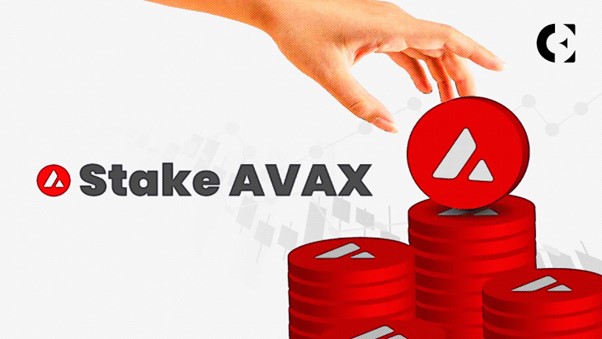If you’re a dedicated Avalanche user, you’re likely already familiar with Core, the preeminent wallet for interacting with all things AVAX. In addition to providing a user-friendly web and mobile interface for interacting with the Avalanche ecosystem, Bitcoin, Ethereum, and other EVM chains, it’s packing a host of useful features, particularly when it comes to staking AVAX itself.
Virtually all modern blockchains rely on Proof of Stake consensus, and Avalanche is no exception. Validators who stake AVAX are authorized to publish blocks, confirm transactions, and earn rewards for their services. But Avalanche users who don’t operate a validator node are also entitled to participate in staking through delegation – and this is where Core proves invaluable.
Staking, Simplified
There are many ways to participate in blockchain staking, with one of the simplest being to delegate your stake to a validator. This is an entity with the hardware, software, and 24/7 connectivity to justify running a full node and validator client. Most users don’t have this level of resources and technical capability – it also requires 2,000 AVAX. But delegated staking provides a virtually similar level of rewards with much less complexity.
Core Stake is the AVAX staking service that comes bundled within Core wallet. Whether you’re using the web or mobile version, you’ll find it incredibly easy to use. But while Core is to be commended for simplifying AVAX staking, there are still a couple of steps to the process. Thankfully, they’re quick to complete, allowing you to get up and running in minutes. Here’s what you need to know.
Non-Custodial Means Non-Custodial
The first thing to know about staking with Core is that the process is fully non-custodial. Core doesn’t control your AVAX at any time. That may seem obvious to seasoned crypto operators, but in an era of centralized staking offered by cryptocurrency exchanges, it bears emphasizing. Just as importantly, Core doesn’t impose any fees.
The only fees you’ll pay are the Avalanche network fee (just a few cents) and the fee collected by the validator you’re staking with. This fee is deducted from your staking rewards, so it won’t be imposed at the point of staking. The final thing to know before you can start staking with Core is that you’ll need a minimum of 25 AVAX plus a little extra for gas. Once you’ve deposited or transferred AVAX to your wallet,you’ll be ready to stake.Staking itself takes place on the Platform Chain (P-Chain).
60-Second Staking With Core
Once you’ve got at least 25 AVAX in your Core mobile wallet, select Stake and then choose the desired staking duration. While your tokens are staked, your AVAX will be locked. You can stake for as little as two weeks (although staking rewards will be minimal) and for as long as a year. Use a staking rewards checker to calculate how much AVAX you are likely to earn during this time.
The Core wallet will now show you a summary of the staking settings you have selected. Select Stake Now and Core will assign your stake to a designated validator. You’ll be prompted to confirm the transaction in your wallet and your AVAX staking will begin.
If you’re staking with the Core web app, the process is essentially the same but you have a couple more options at your disposal, like you can both delegate and validate for the Avalanche network in the web app. You can also stake your AVAX that’s held in a hardware wallet like Ledger.
Make sure your AVAX is on the P-chain to stake: if it’s not, you can transfer it to this chain using the Core app. When you commence the staking procedure, you’ll be prompted to select an Avalanche validator. This option is also available to Core mobile users but must be accessed within the settings menu.
When your staking period is complete, you’re free to unstake your AVAX or you can elect to restake it again. Throughout the staking period, you’ll earn AVAX rewards that can be claimed at any time. Core is arguably the best all-round Avalanche wallet and its staking feature makes it easy to contribute to network validation. Core is proof that staking doesn’t have to be complicated.
Disclaimer: The information presented in this article is for informational and educational purposes only. The article does not constitute financial advice or advice of any kind. Coin Edition is not responsible for any losses incurred as a result of the utilization of content, products, or services mentioned. Readers are advised to exercise caution before taking any action related to the company.







